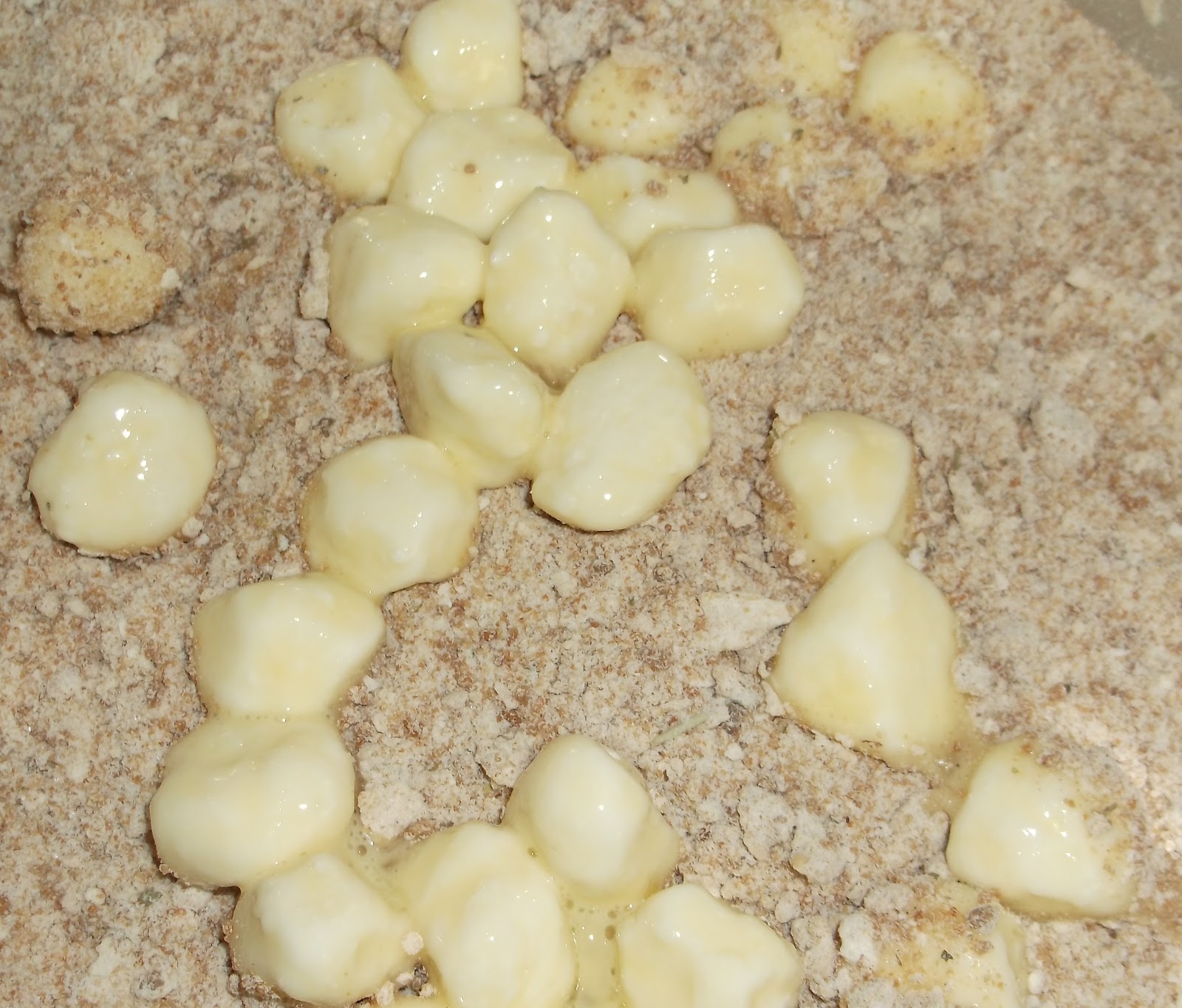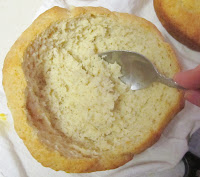So I got out my wonderful new Bette Hagman cookbook and looked for a recipe. I tried a bread recipe, and I was so pleased with how it tasted fresh from my oven, it almost tasted like bread! So I quickly wrapped up all my new bread and stuck it in the cooler to go in the morning. We got there at lunch time and I pulled out my bread to make a sandwich and it was AWFUL! How did something so yummy yesterday turn into something in-edible today? And what on earth was I going to eat the whole weekend?
When I got my food science degree, I learned the answer to how. The nearly freezing temperature in the fridge actually changes the structure of the starches in the bread. We tend to put our gluten free bread in the fridge to keep it from molding, but by doing so, we rob ourselves of much of the flavor and texture. If you are concerned about mold, you should freeze the bread, otherwise keep it on the counter and it will be fresh longer.
There are a couple tricks I learned when you are baking bread to help it stay fresh longer, and these are things you can do at home. First, adding a citric or ascorbic acid will act as a preservative. If you can't find citric acid at your cooking or health food store, you can get Fruit Fresh at the grocery store. Just a teaspoon will help out a loaf of bread. Also, pectin (like you make jam with) will help with the texture and crumb of the bread so it doesn't get as crumbly. When the bread starts to get stale, heating it briefly in the microwave or a toaster with change the crystal structure in the starches and soften the bread.
But what to do when we forgot to stick that loaf of bread in the freezer and it's stale this morning? I don't want to eat it, it just doesn't taste good, but I can't afford to waste it. Here are a few things I like to do with my stale bread:
- Make bread crumbs for recipes. To do this, coarsely chop up or break up the stale bread. Spread it on a thin layer on a baking sheet and toast in your oven at 200 degrees. Stir it often until all the bread is dried out and lightly brown. Then, working in small batches, put it through the blender. Sometimes you will need to dry them out a little longer in the oven after blending them. Keep them in the freezer and you will always have bread crumbs for your mozzarella sticks
- Get ready for Thanksgiving stuffing. When you have a few slices of stale bread, cut them into cubes and toast them in the oven at 200 until they are dried out. Keep them in the freezer and add to them and you will have your bread cubes for Thanksgiving
- French toast! Stale bread makes great french toast. Slice it thin, dip in egg and fry it up. This is a treat I wasn't allowing myself gluten free because I wanted to save the bread for other things, but a french toast dinner is a great way to use up stale gluten free bread.
- Bread pudding, croutons or even fondu are other great ways to use your stale bread so that it does not go to waste



























